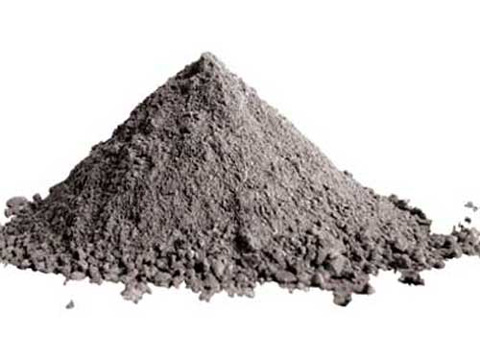Introduction:
When making a roof, it’s important to know how the building is assembled and how each part supports the whole. Rafters are a key part of a roof’s frame. They must be cut and measured carefully so that weight is evenly distributed and the building stays safe. In architecture and construction, a rafter is a structural component that supports a roof and helps transfer the roof’s weight to the building’s walls.
Rafters are typically made from wood or metal and are placed at regular intervals along the length of the roof. The shape and size of rafters can vary depending on the roof’s design and the structure’s weight and load-bearing requirements. In traditional construction, carpenters often cut rafters on-site using hand tools, but today pre-cut and pre-engineered rafters are commonly used for efficiency and cost-effectiveness.

 Fig: Refractory Concrete
Fig: Refractory Concrete